Nature reports
Category: Nature conservation
Page 9 of 18 - 177 Results
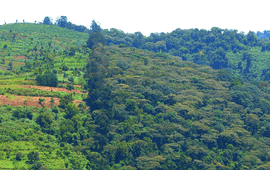
Tropical mammals living inside protected areas are affected by human activity, even when this activity occurs outside of the protected range. That is the conclusion of a new, international study across 16 tropical forests. ..
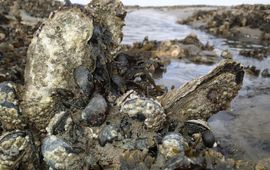
Plants or animals brought into nature - accidentally or on purpose - from distant lands can cause major problems. Such exotic species are therefore seen in a negative light, especially when they are also 'invasive' and push out..
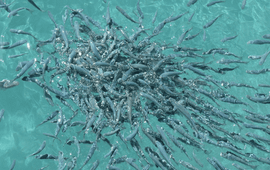
Many divers have promoted feeding the lionfish to eels and sharks in the Dutch Caribbean as a way to entice these species to start hunting for these invasive fish independently. Unfortunately, training these predatory fish to..
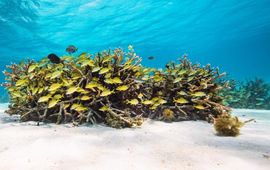
Recently, 'Turning the Tide' started, a large nature restoration project for the mangrove forests and coral reefs in Aruba. It is a collaboration between Wageningen University & Research and the Aruban partners NGO Fundacion Parke..
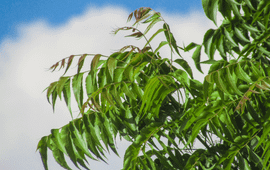
The neem tree is an invasive species that was introduced to the Caribbean in the early 1900s. Originally from India, this tree was brought over for its medicinal, pesticidal and ornamental properties. Locals soon realized this..
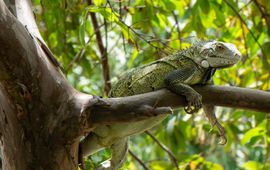
The status of a single species in the Dutch Caribbean can vary significantly among the islands. For example, the Green Iguana, which is native to some islands, is regarded as invasive in others. The presence of non-native iguanas..
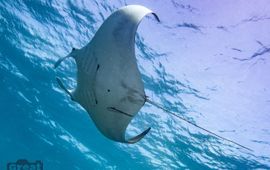
Manta rays are highly charismatic creatures that inhabit the waters of the Dutch Caribbean. In addition to being a highly prized find for divers and snorkelers, they are also important for healthy oceans as they can help control..
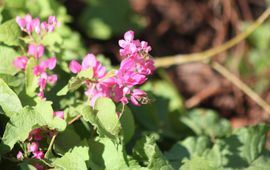
Coralita is an ornamental plant that was introduced to several Caribbean islands and has quickly found its way to the top of the invasive species lists for the Dutch Caribbean. Its fast-growing vines smother and outcompete native..
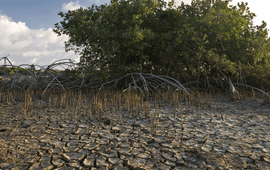
Mangroves create new land by slowly packing sediment within their roots, but too much sediment can lead to dieback. Researchers from Wageningen University and Research analyzed the potential erosion rates in the catchment area of..
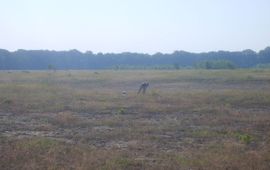
A new study comparing 46 field experiments in 17 countries across four continents clearly spells it out: areas in need of nature restoration benefit from soil transplantation. The global results were collected by an international..
